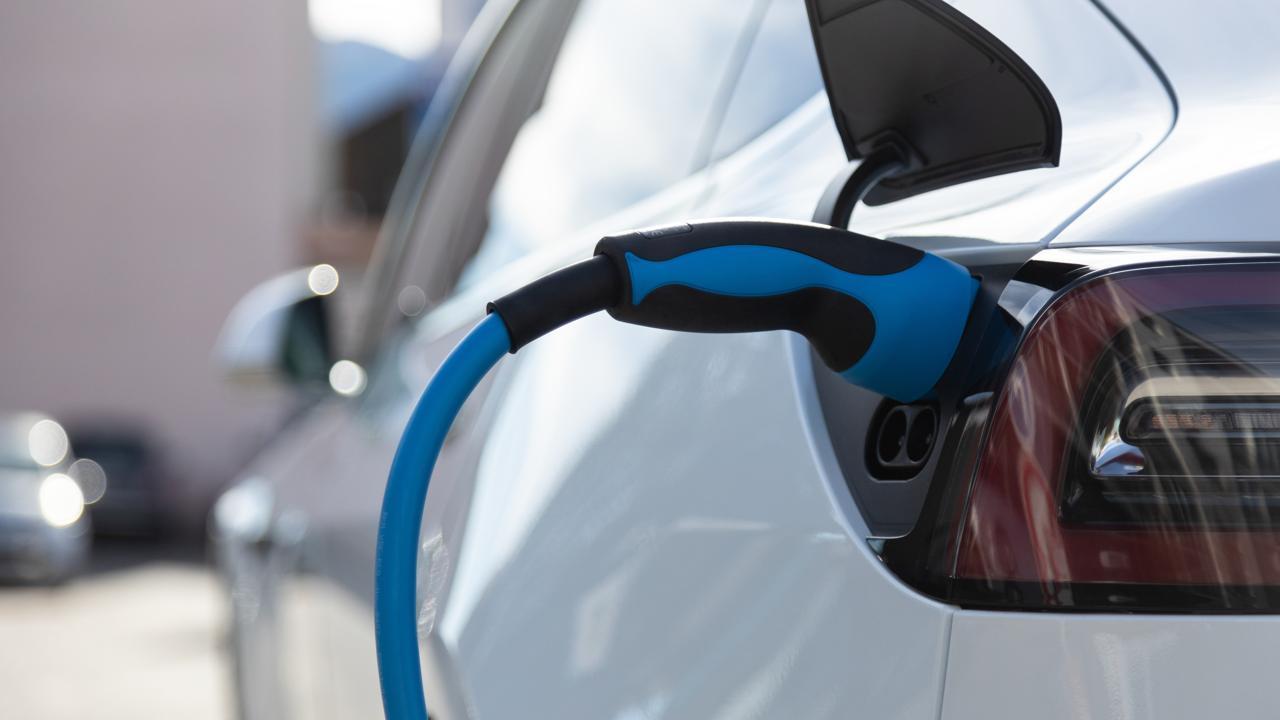
Post by : Amit
Nepal's EV Shift Accelerates – But India Misses the Ride
Nepal’s electric vehicle (EV) market is accelerating at a pace few anticipated. In just a few years, EVs have transitioned from novelty to necessity on the country’s roads. But while one might assume neighboring India, a rising EV manufacturing hub, would naturally benefit from this boom, the real winner has been China. Despite the geographical proximity, shared history, and political ties between India and Nepal, Indian automakers are losing market share to Chinese EV giants that have aggressively positioned themselves in Kathmandu’s thriving green mobility scene.
This development raises crucial questions: why is India lagging behind? What barriers are preventing its EV sector from securing a firm foothold in Nepal? And how has China managed to achieve such dominance, despite being farther away?
Nepal’s EV Demand Surges Amid Green Push
Nepal, though a relatively small automotive market, has witnessed a dramatic rise in the adoption of EVs in recent years. Aided by a strong push for renewable energy, rising awareness of air pollution, and tax policies favoring clean mobility, the country has quickly turned into a significant South Asian EV opportunity.
Hydropower-generated electricity offers Nepal a rare advantage — a clean, abundant, and increasingly affordable energy supply, ideal for charging infrastructure. The government has backed this transition with incentives such as customs duty exemptions, reduced excise duties, and direct subsidies for EV buyers.
This environment has proven to be fertile ground for EV growth. The influx of electric cars, buses, and two-wheelers, however, hasn’t translated into gains for Indian companies. Instead, Chinese automakers, especially those already exporting aggressively, have flooded Nepal’s market with affordable and efficient electric vehicles.
Chinese Brands Steer Ahead
Chinese companies like BYD, SAIC-GMG’s MG Motor, and Yadea have emerged as dominant players in Nepal’s EV ecosystem. Their success is rooted in several strategic advantages. First, they offer a wide range of electric models across vehicle categories — from hatchbacks and sedans to two-wheelers and public transport buses. Second, their aggressive pricing, made possible through economies of scale and government-backed production incentives in China, makes them attractive for cost-conscious buyers in Nepal.
Moreover, Chinese automakers have proven quicker in homologation and certification processes needed to meet Nepal’s import regulations. In contrast, Indian EV manufacturers have been sluggish, often delaying market launches or ignoring export opportunities altogether.
Dealers in Kathmandu report that Chinese EVs now make up nearly 80% of new electric vehicle registrations in urban centers. The growing presence of Chinese-built charging infrastructure also points to long-term investment and planning that India-based companies have largely overlooked.
India’s Underwhelming Response
While India has made rapid strides in developing its domestic EV market, that ambition has not spilled over to the export front — particularly in Nepal. Key Indian automakers like Tata Motors, Mahindra & Mahindra, and Ola Electric have all announced aggressive EV plans. However, few of these plans involve regional exports, and Nepal appears to be an afterthought.
Tata’s Nexon EV, for example, enjoys popularity in India’s urban centers, but availability and after-sales service in Nepal remain limited. Similarly, Mahindra’s EV lineup is yet to make a meaningful debut in the country, despite the company’s early start in electric mobility.
Industry analysts suggest that India's lack of structured export strategies, coupled with non-competitive pricing and poor dealership networks abroad, has hurt its chances. Indian companies are also less nimble when it comes to homologation, with long bureaucratic procedures delaying market entry compared to Chinese brands that have mastered the art of quick certification and rollout.
Trade and Tariff Troubles
A major logistical and policy factor contributing to India’s underperformance in Nepal is the nature of its cross-border trade regime. Complexities around Goods and Services Tax (GST), inconsistent customs procedures, and lack of harmonized vehicle standards make exports across the India-Nepal border more cumbersome than necessary.
Conversely, China has streamlined its export logistics to Nepal through Tibet, with improved road infrastructure and bilateral trade agreements. Chinese suppliers often bundle vehicles with service agreements, spare parts, and technician training, giving them an edge over Indian competitors who mostly focus on sales and neglect after-service support.
This disparity in strategic planning becomes even more apparent when examining the import data from Nepal. In 2023, over 5,000 Chinese EVs were imported, compared to fewer than 500 from India. And the gap continues to grow.
Policy Blind Spot or Strategic Apathy?
Despite regular India-Nepal political engagement, the absence of a targeted EV export strategy reflects a policy blind spot on India’s part. While India is focused on scaling EV adoption domestically, especially in metropolitan centers like Delhi and Bengaluru, the lack of a regional export strategy undermines its role as a potential EV leader in South Asia.
The Indian government’s Production Linked Incentive (PLI) scheme, which aims to boost domestic EV production, does not currently include incentives for companies exporting to neighboring markets. This has led to a situation where Indian EV makers prioritize internal sales targets over regional export expansion — a missed opportunity in Nepal.
Additionally, Indian financing institutions and EV ecosystem players have shown little interest in Nepalese ventures. In contrast, Chinese banks and infrastructure providers are already financing Nepalese EV charging networks and fleet operations — creating an ecosystem that fosters sustained Chinese dominance.
What Indian Companies Must Do Now
If India wants to catch up, a strategic course correction is urgently needed. Experts suggest Indian EV makers must:
Perhaps most importantly, India’s Ministry of Heavy Industries and Commerce should consider introducing export-linked incentives for EV makers to actively explore South Asian markets like Nepal, Sri Lanka, and Bhutan. These countries are ideal springboards for regional leadership in sustainable transport.
China Eyes Long-Term Gains
China’s current success in Nepal is not limited to short-term sales. The Chinese EV industry is building a long-term ecosystem. With plans to develop training centers, local assembly units, and technician pipelines in Nepal, Chinese companies aim to entrench themselves as permanent players.
The eventual risk for India is not just losing market share in Nepal but missing the chance to establish South Asian leadership in the EV domain. With Chinese players exploring similar inroads into Bangladesh and Myanmar, India’s regional dominance in transport manufacturing could be slowly eroding.
A Wake-Up Call for Indian EV Diplomacy
Nepal’s EV transformation is a wake-up call not just for Indian automakers, but for policymakers too. The country’s rapid switch to clean mobility, aided by hydroelectric power and government incentives, is a blueprint that could inspire similar shifts across the region. However, India’s current lack of participation in this transition leaves a strategic vacuum that China is only too willing to fill.
To reverse this trajectory, India must view Nepal not just as a trading partner but as a testing ground for wider EV diplomacy. Only then can it claim its rightful place in shaping South Asia’s sustainable transport future.
China, Nepal, Ev, India

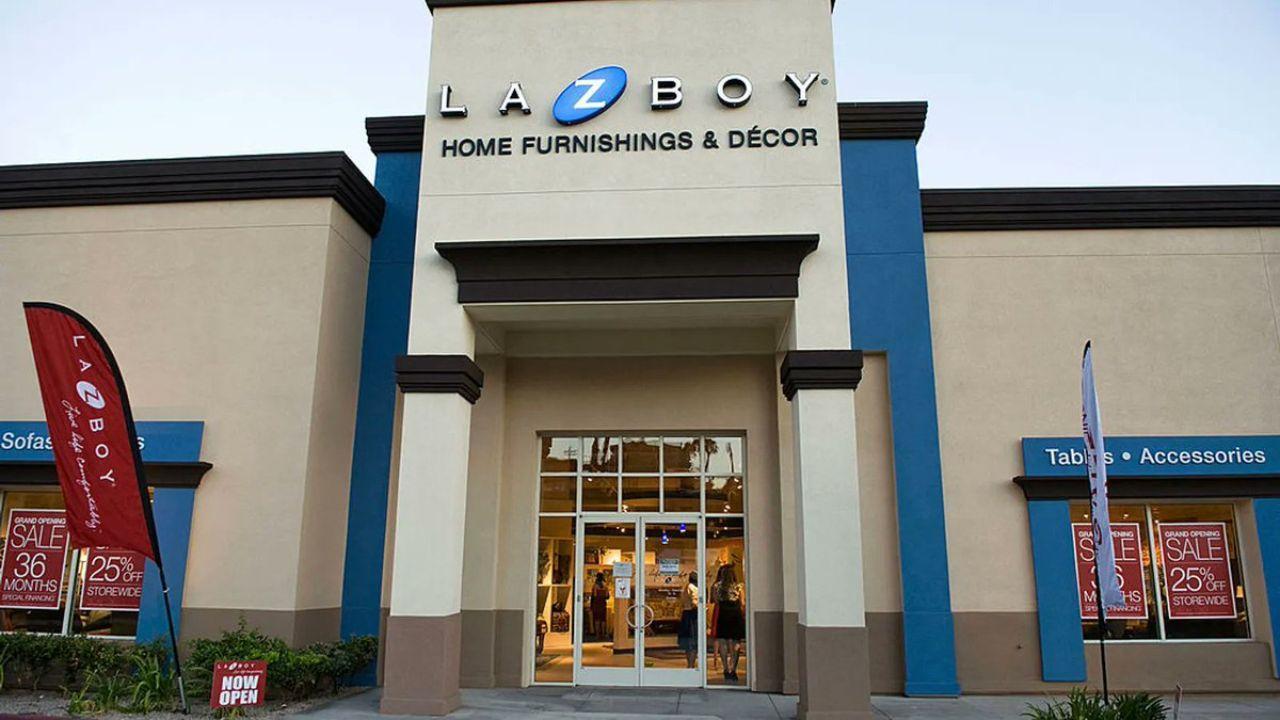
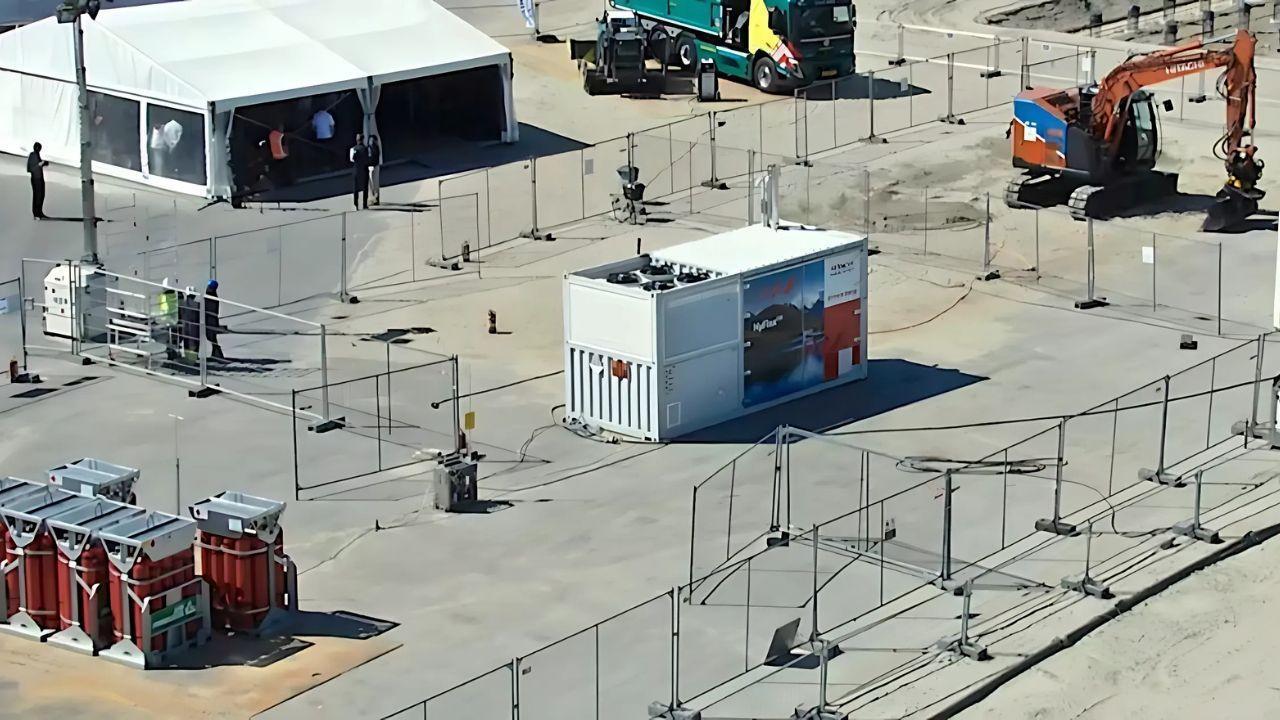
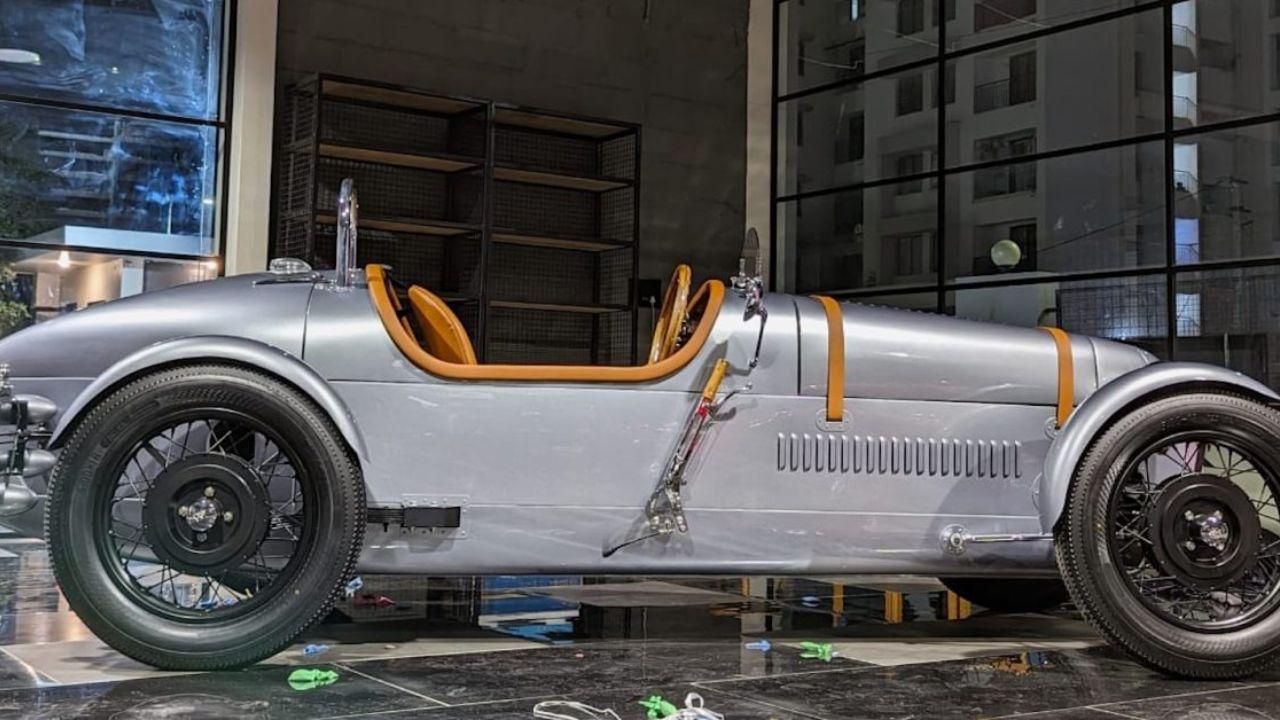
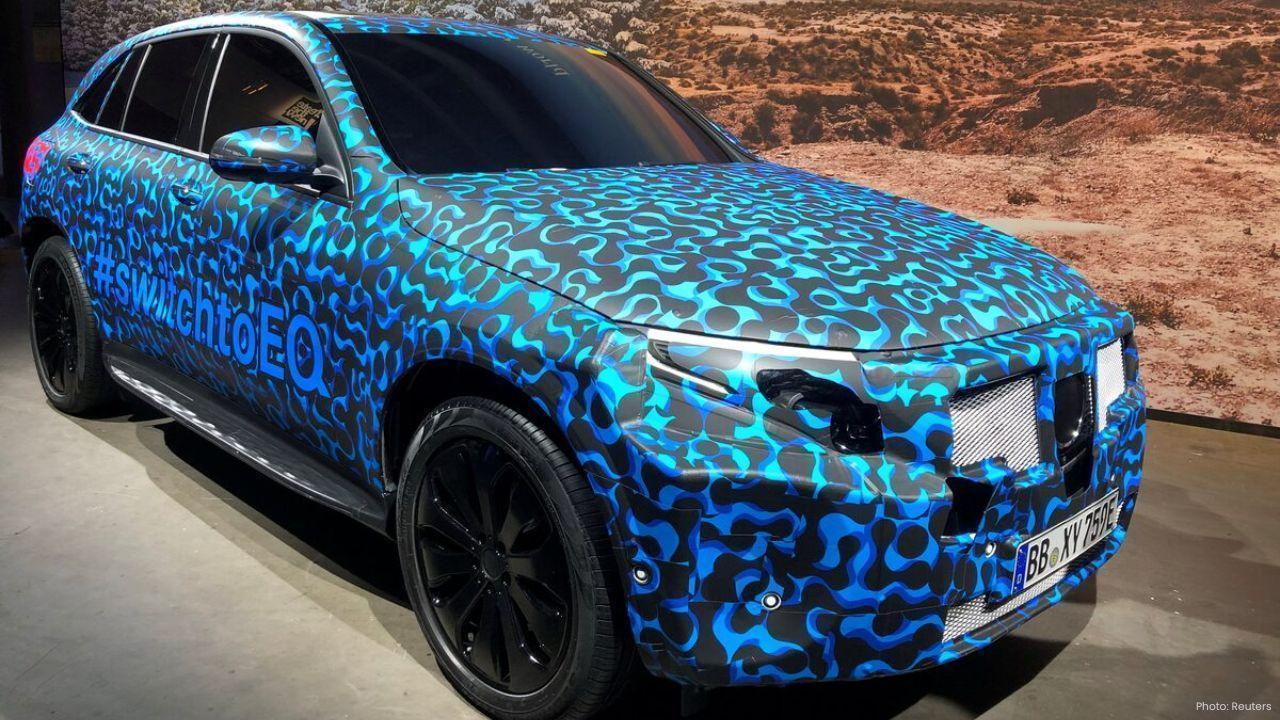

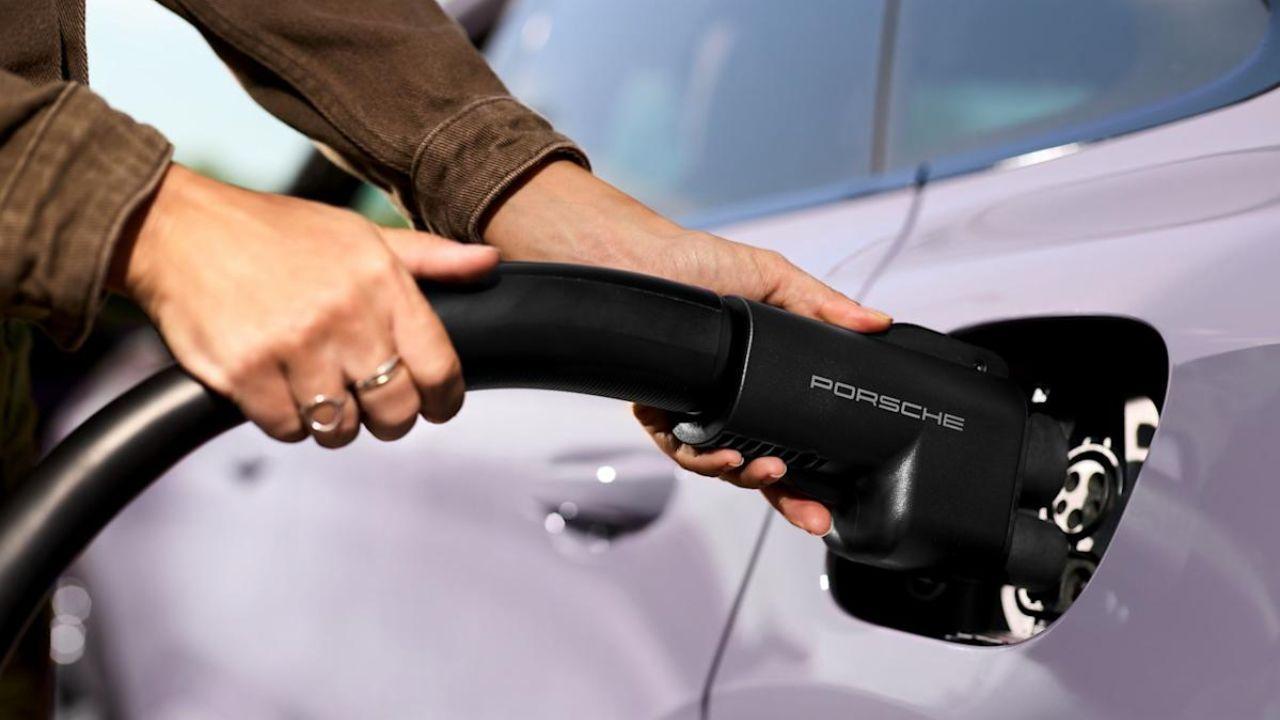


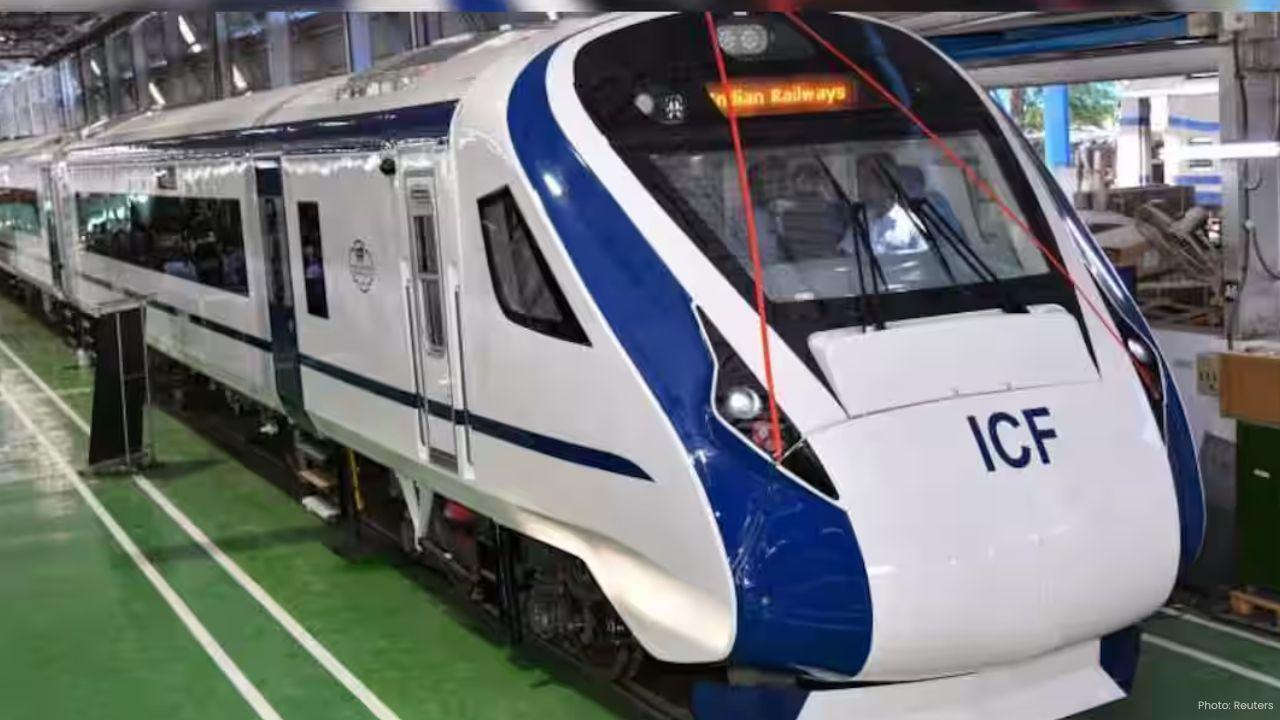
Vande Bharat Passenger’s Spitting Incident Sparks Nationwide Debate
A passenger spitting on the Vande Bharat Express floor sparks online debate on civic sense cleanline

OnTrac Introduces Ground Essentials Service for Affordable and Reliable Shipping
OnTrac launches Ground Essentials a new service offering cost-effective parcel delivery with up to 3
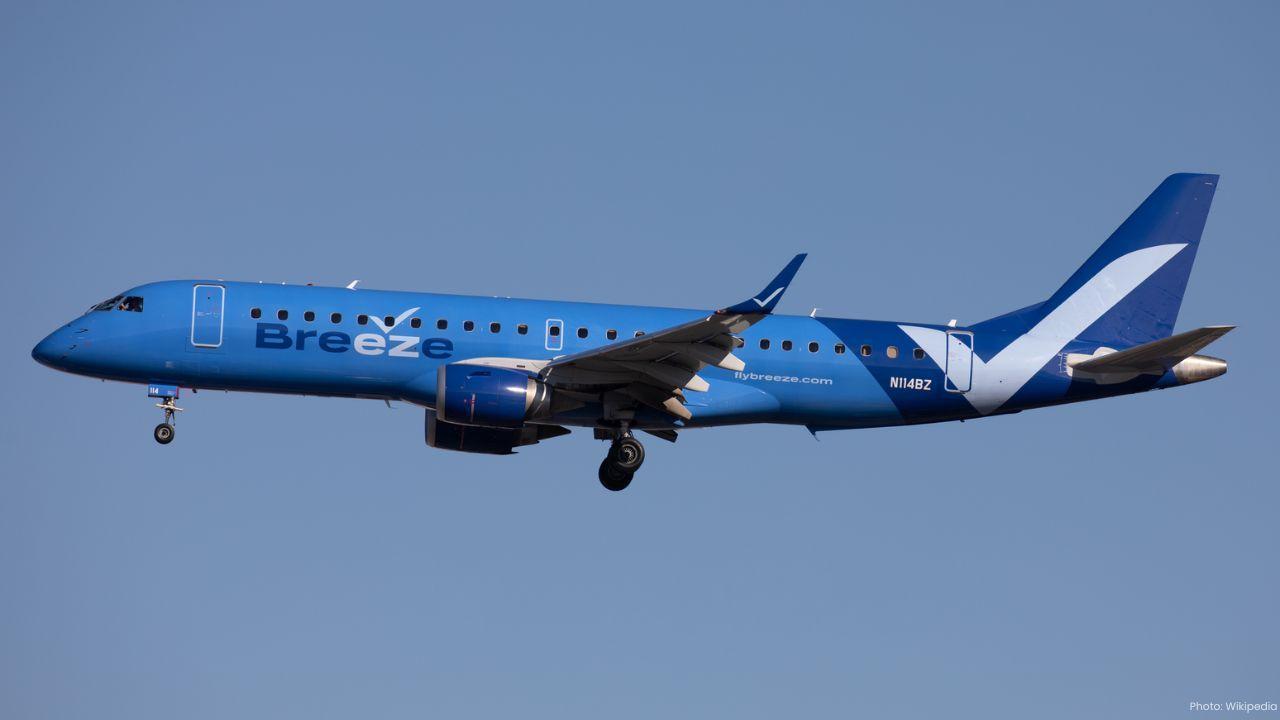
Breeze Airways Earns Five-Star Status as North America's Top Airline
Breeze Airways achieves a five-star rating marking it as North America's leading major airline for 2

Royal Enfield Cuts Prices on 350cc Bikes After GST Rate Reduction
Royal Enfield reduces prices on 350cc motorcycles from September 22, 2025, following GST rate cuts,
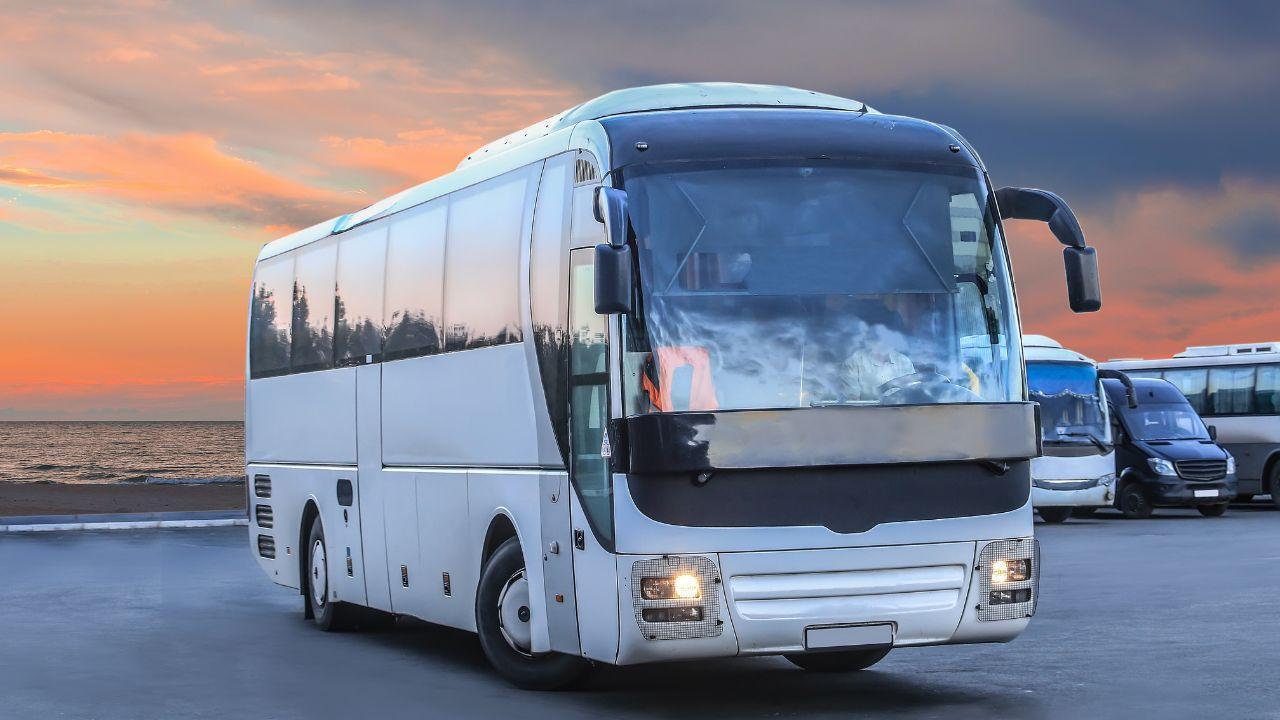
Viva ACP Boosts Bus Safety with Strong Lightweight Aluminium Panels
Viva ACP’s panels make buses safer lighter and stronger—saving energy and protecting passengers with
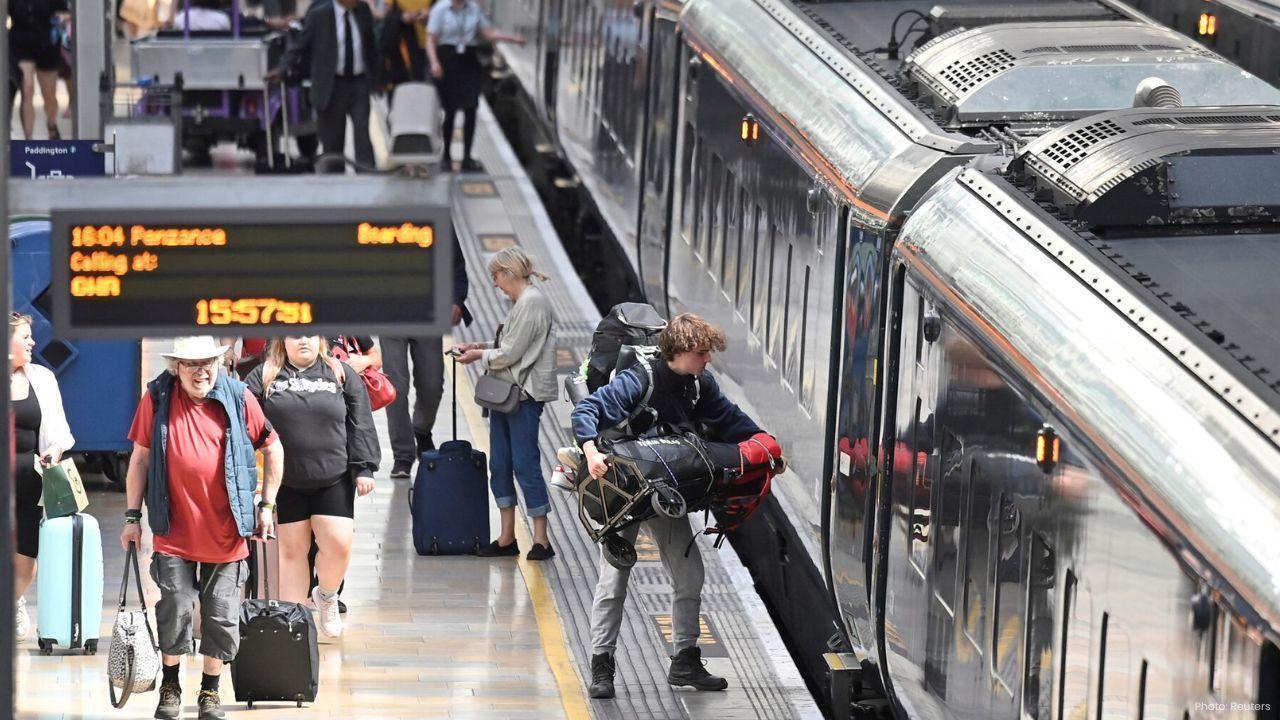
Steelpaint’s Stelcatec Coating Gets UK Rail Approval
Steelpaint’s Stelcatec coating approved by UK Network Rail for durable, fast, and effective protecti